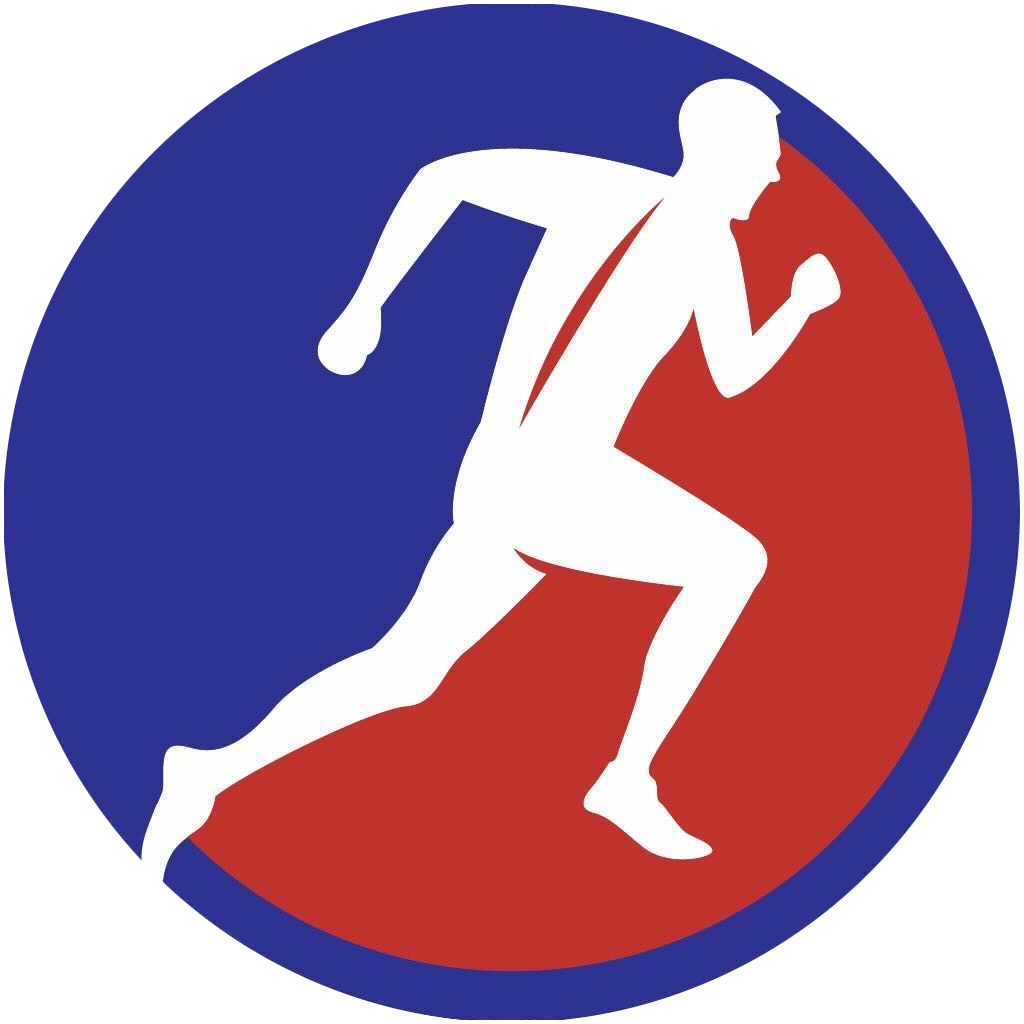Ulnar nerve entrapment is a condition that affects the ulnar nerve, one of the three main nerves in your arm. Your ulnar nerve can become compressed or irritated for various reasons, but when this happens, it’s known as Ulnar Nerve Entrapment.
Your ulnar nerve reaches from your neck down to your hand, which is why there are so many areas where it may become constricted. However, it’s most common for this nerve to be compressed behind the inside of the elbow. In this area, the ulnar nerve travels through a “tunnel” of tissues, known as the Cubital Tunnel. The Cubital Tunnel runs under a bump of bone located on the inside of the elbow called the medial epicondyle, or the “funny bone”. The ulnar nerve is prone to entrapment in this area because it travels through a very narrow space in this area and has little soft tissue to protect it.
Symptoms of Ulnar Nerve Entrapment
If you’re reading this article wondering whether you may be suffering from this condition, here are some symptoms to look out for.
Although Ulnar Nerve Entrapment occurs in the elbow and typically causes an aching pain that is felt on the inside of the elbow, most symptoms occur in your hand. Numbness and tingling in the ring and little fingers is one of the most common symptoms. You may find that this numbness comes and goes and that it happens when your elbow is bent. This numbness may wake you up from sleep and make it difficult to manipulate objects or bend your fingers.
Your grip may weaken and you may have more difficulty with finger coordination, but these symptoms typically only occur in severe cases. In severe cases, muscle wasting can potentially occur as well. Muscle wasting is irreversible, so it’s important to see your doctor as soon as possible if symptoms are severe or have been present for more than 6 weeks.
Risk Factors for Ulnar Nerve Entrapment
Certain factors may put you at increased risk of developing this condition. These factors include:
- Prior fracture or dislocation of the elbow
- Bone spurs/arthritis in the elbow
- Swelling of the elbow joint
- Cysts near the elbow joint
- Repetitive or prolonged activities that require the elbow to be bent or flexed
This issue also tends to affect men more often than it affects women. People who have occupations or participate in activities that require significant elbow or wrist pressure or stretching. Some of these occupations and activities include:
- Baseball players, golfers, and tennis players
- Bicyclists
- Construction workers
- People who smoke
- Typists, writers, and others who frequently use a keyboard
- Weightlifters
Ultrasound Guided Nerve Hydrodissection
Ultrasound Guided Nerve Hydrodissection is a technique that is effective in treating ulnar nerve entrapment. It’s commonly used to treat peripheral nerve entrapments in which nerves are compressed or restricted due to surrounding anatomic structures, trauma, injury, overuse, or scar tissue following surgery. This procedure has been shown to alleviate numbness, tingling, and pain caused by nerve entrapment, allowing nerves to heal. It can also be an alternative to open surgery for many patients.
To perform this procedure, fluid is used to release an entrapped nerve. Ultrasound guidance also identifies the affected nerve and accurately guides the needle. Once the needle is in the correct position, a solution such as saline is placed around the entrapped nerve to separate it from structures compressing it.
Depending on the patient, only one treatment may be needed, but this procedure typically needs to be repeated, with some patients requiring 3-6 treatments. This procedure is a minimally invasive treatment used to treat various issues caused by nerve entrapment. Ultrasound Guided Nerve Hydrodissection is an excellent choice for athletes or anyone that would like to restore their mobility and relieve nerve pain.
Treat Ulnar Nerve Entrapment Without Open Surgery in Glen Mills, Pennsylvania
At the Center for Sports Medicine and Wellness, we pride ourselves on being authorities in minimally invasive treatment for conditions like ulnar nerve entrapment. We understand how important it is for our patients to get back into the game of life, whether they’re athletes who want to get back to sports, someone getting back to their active lifestyle, or someone just trying to get back to work.
Whatever your reason for seeking treatment, we understand that minimal downtime and maximum mobility, once you’ve fully healed, is the goal. That’s why we provide the most advanced but least invasive treatment options.
If you’d like to learn more about our services or contact us to schedule a consultation, please call our office in Glen Mills, Pennsylvania, at (610) 459-4200 or fill out our form. We welcome your inquiry and we look forward to helping you find relief from your pain!

